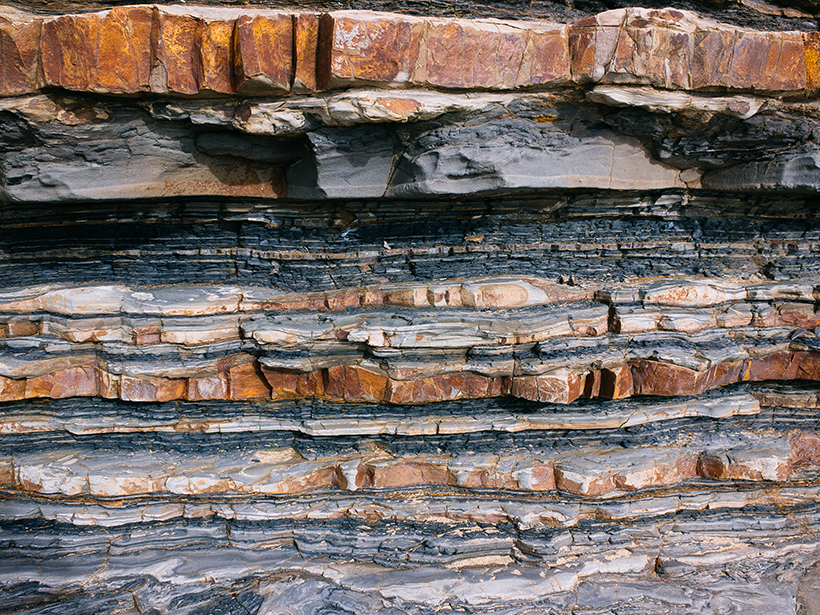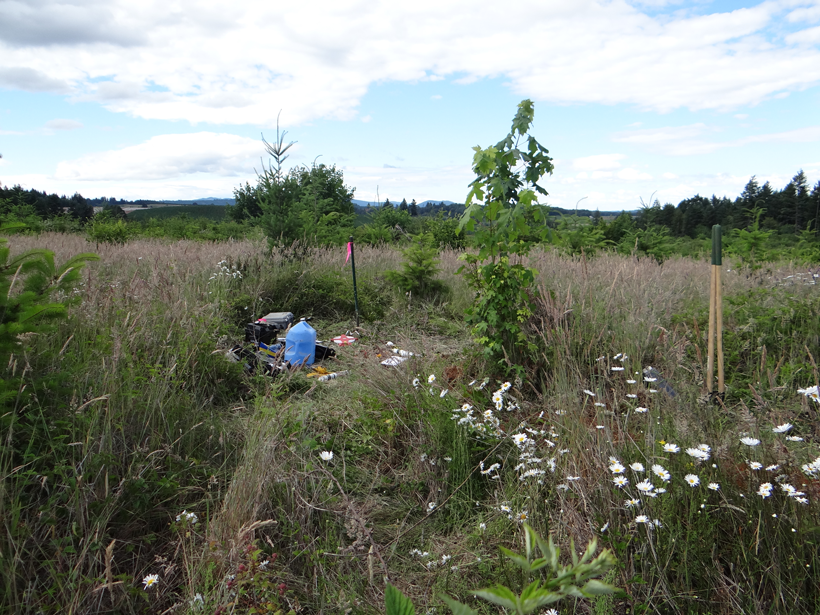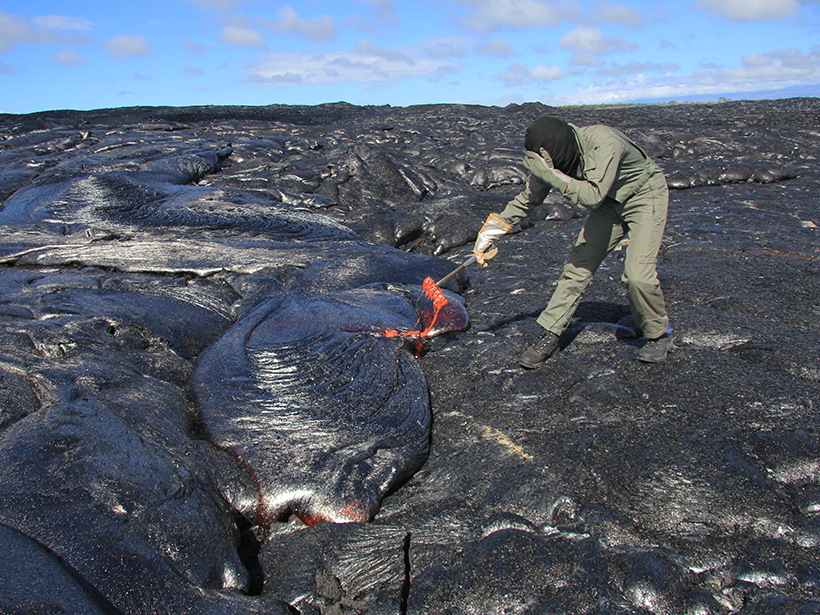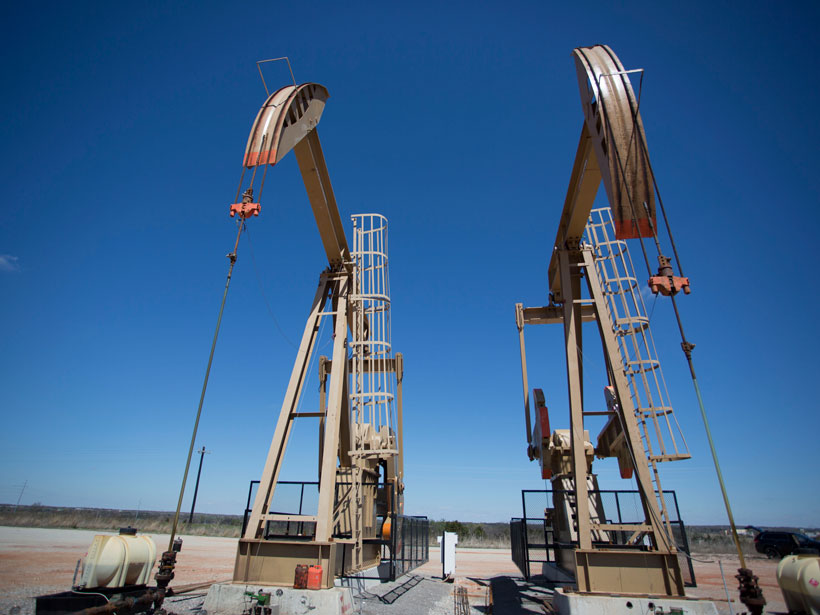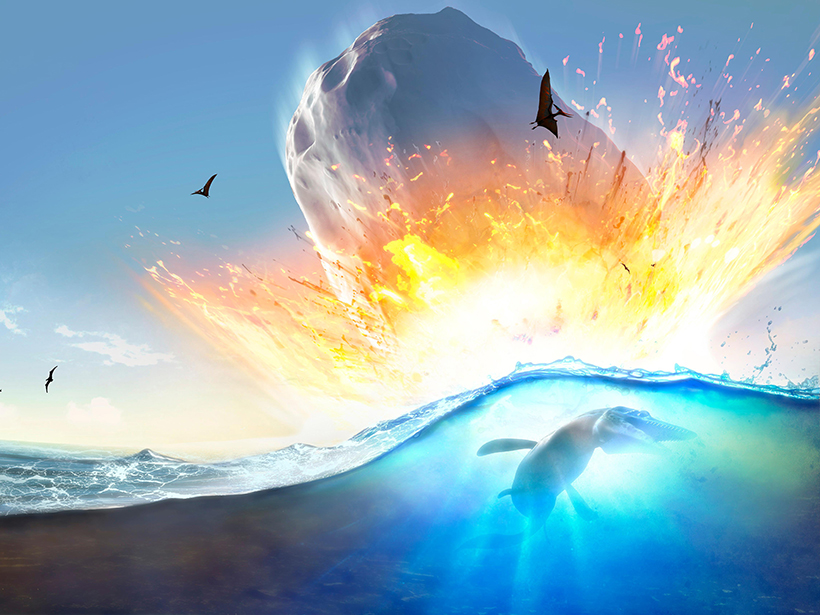Flume experiments show that a self-reinforcing cycle can strengthen the currents responsible for transporting large amounts of sediment to the deep oceans.
Hazards & Disasters
Can Earthquakes Trigger Volcanic Eruptions?
A new study supports the idea that earthquakes may be associated with increased volcanic eruptions, but over longer time spans than prior research indicated.
Taking Magnetotelluric Data out of the Drawer
Magnetic and electric field measurements at Earth’s surface provide information on Earth’s interior and on space weather. An open-source central repository of these data has received a major update.
Lava Clues Chronicled Kīlauea’s Unusual 2018 Eruption
Samples from Kīlauea volcano’s extraordinary eruption that began last May could offer important insights into the behavior of volcanoes and the underlying mantle.
Drastic Shifts in Weather Give People “Winter Weather Whiplash”
False springs and freak snowstorms can flood towns, ruin crops, and shut down electrical grids. One research team is studying past events to prepare for the future.
Catching Oklahoma’s Tiny Tremors in the Act
Scientists map thousands of microearthquakes in Oklahoma to take a closer look at the seismic effects of wastewater injection following oil and gas operations.
Huge Global Tsunami Followed Dinosaur-Killing Asteroid Impact
The cataclysmic Chicxulub impact roughly 66 million years ago spawned a tsunami that produced wave heights of several meters in distant waters, new simulations suggest.
Lessons Learned from Kīlauea Eruption’s Media Frenzy
The Kīlauea eruption earlier this year unleashed a media bonanza. Here are nine tips about how to debunk geohazard misinformation in real time from a scientist frequently tapped for expert comments.
Plasma Activity Around Sunspots May Foreshadow Solar Storms
A new study identifies possible precursors to space weather in the regions encircling sunspots.
Facilitating Field-Scale Experiments in Volcano Hazards
Multidisciplinary Volcano Hazards Experiments at the Geohazards Field Station; Amherst and Springville, New York, 24–27 July 2018

